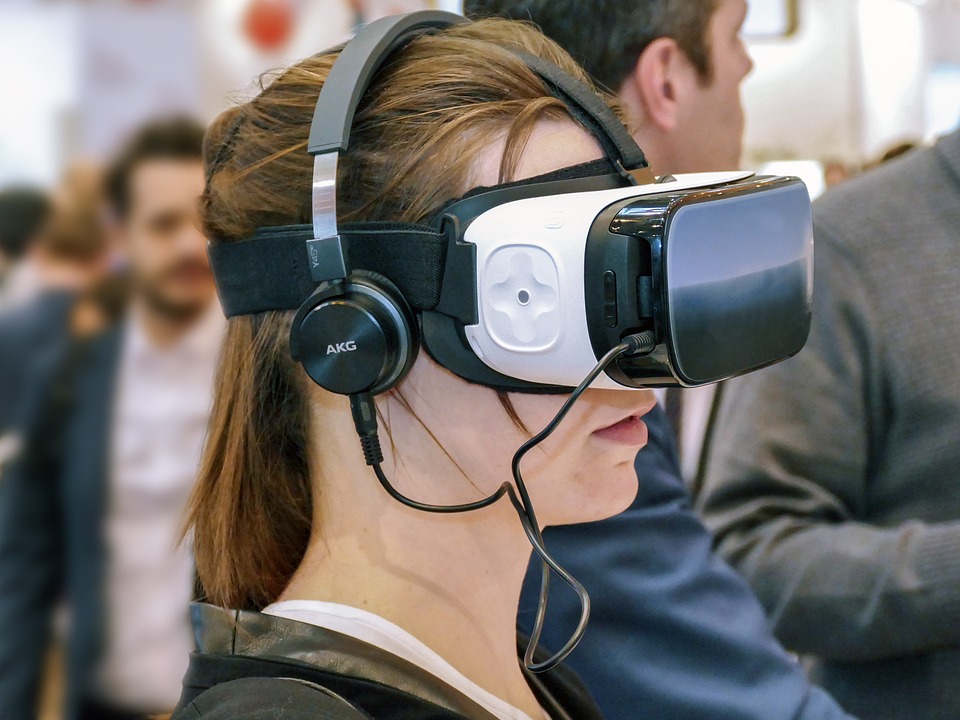Nowadays, augmented reality development companies create commercial, entertainment, and educational AR applications. Such apps create a depiction of real-life situations through advanced computer-generated sounds and sights. This is fast becoming a multi-billion-dollar industry that holds great promise for the future. This article, therefore, discusses the merits of using AR in a learning environment.

There are multiple benefits to augmented reality to humans. It makes ordinary life activities a lot more fun and easy. One key area in which massive benefits can be reaped from AR is education. There are a dozen of ways through which the use of AR in learning can enhance the process. Here is a collection of some of the benefits AR can offer within the learning environment:
Contents
Journeying into the past, present, and future
Through AR, students can gain exposure to knowledge about the past, present, and future. Imagine the benefits of using a model that can transport a student to the past or even a different location around the world. This shall stimulate better learning since the student achieves a near-real experience of a past event or something occurring in a different part of the world. As such, they can retain vivid memories as though they were physically there. This can be achieved particularly through scanning. Students can even gain access to educational websites from these AR devices. In the long run, their ability for improvement and retention of knowledge increases. They will also attain higher situational understanding as well as curiosity. This means they can attain very high scores, particularly in history classes.
Less costly
The cost incurred while procuring educational supplies and materials is rather high. Moreover, the costly nature of posters, prototypes, and physical 3D models is discouraging. Intricate educational exhibitions for schools are also quite expensive. Many schools do not have access to adequate funding to purchase and maintain such materials in addition to the possibility of permanent damage, loss, or even theft. Some can also get outdated pretty fast. Once you acquire augmented reality devices, you do not need much money to maintain them. Moreover, students also access AR learning models at home and on the go. This can greatly enhance the repetitive purchase of learning materials.
Interactive learning
This is one of the fundamental benefits of the integration of augmented reality. Students can attain complete access to both educative and interactive models on their devices. Eventually, this leads to a clearer understanding of concepts within various disciplines. Researchers have even suggested that this is among the best ways to engage the learners. It immensely assists in learning and spurs increased educational activities among learners.
Enhanced learning activities
Technology is nowadays an integral part of education. Nowadays, students greatly rely on technology for almost everything. This has made them very lazy. They are like: “I am going to find someone to write my essay for me”. Fortunately, augmented reality applications in education can cover up for the shortcomings of educational technology. The interactive models give students access to vast as well as improved learning that is amusing and interactive.
Enhanced sensory development
The application of augmented reality in the learning process will greatly enhance the physical and mental dexterity of the learner. It awards the student with the privilege of simultaneous observation, feeling, and learning as well. Instead of becoming passive observers, contents provided through AR make students part of the same content. This empowers them to interact with the learning materials deeply, a process that enhances both physical and mental dexterity. In the long run, their sensory development becomes superb, taking the educational process to another level.
Enhanced student participation in class
AR is both entertaining and educative. Therefore, employing these apps in education can bolster students’ participation in the classroom. Through AR applications, students can access a plethora of varied educational learning models. These models can help attain higher understanding levels within various disciplines. The more students understand a particular subject, the more they participate in the classroom. Students can speedily grasp facts faster and easier through AR models. This can be observed in such learning environments whereby students become more curious and ask questions, make consultations as well as contributing to the class session.
Conclusion
It is evident that the development of augmented reality applications for use in the classroom has radically transformed education. The transformation is not yet complete, but it continues to expand into various areas of the learning process. However, the fact of the matter is that the potential benefits of AR in education are unfathomable.



